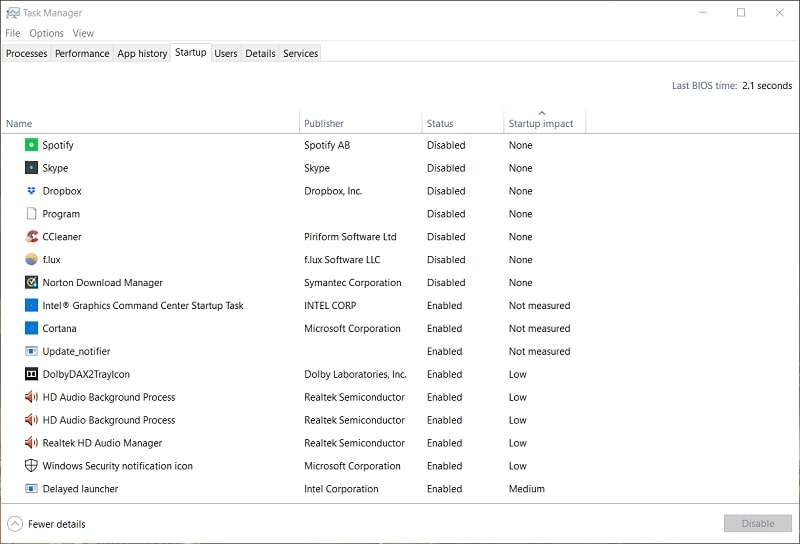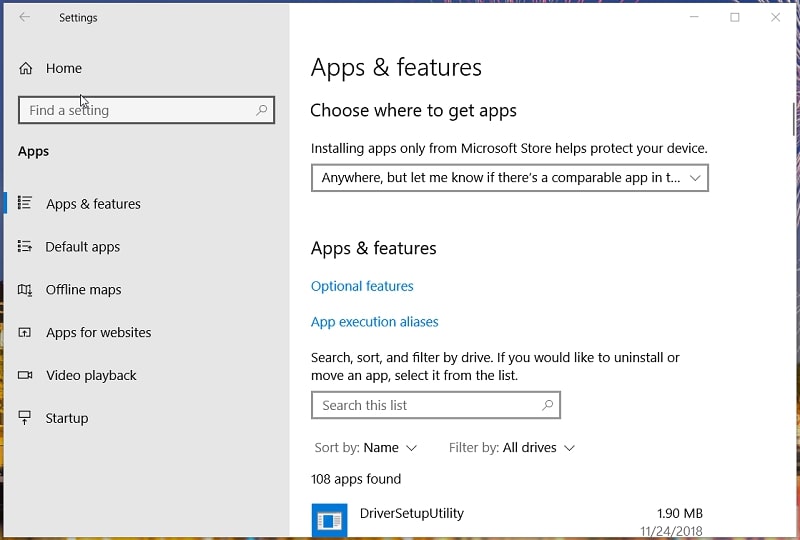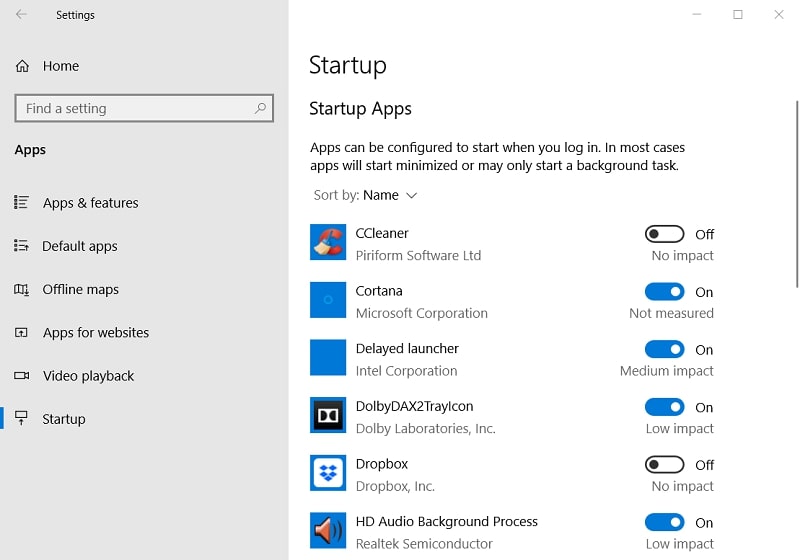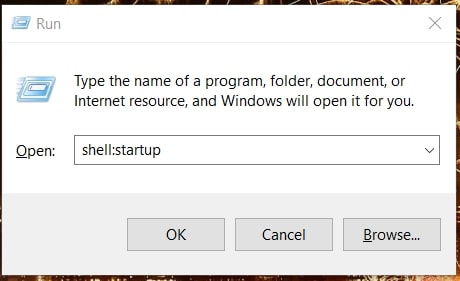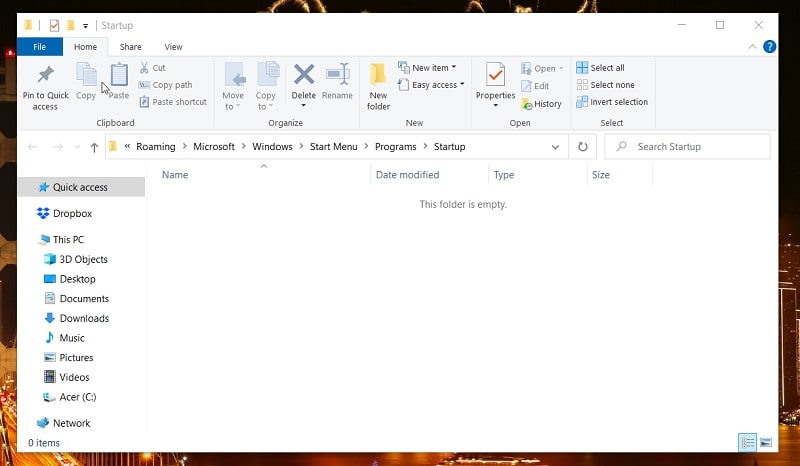When you start your Windows 10 PC, a few programs will start with it. Software packages that automatically start just after you sign in to Windows 10 are known as startup programs (or items). Those startup programs can be built-in Windows tools and third-party software. As some software packages often find a way into PCs’ startups without users manually adding them, some users might wonder how to remove startup programs in Windows 10.
Including programs within your PC’s startup can be quite handy for software you want running in the background. When a program starts up automatically with Windows, you won’t need to manually locate and open it yourself. So, many software packages have optional settings users can select to include them within the Windows startup.
However, some programs automatically include themselves within the Windows startup by default. So, the number of programs enabled in your PC’s startup can gradually increase as you install more software. An ever-increasing number of startup items will slow down your PC’s boot time as more software takes longer to load. Furthermore, more startup software amounts to more background programs running, which consume RAM and other system resources.
Therefore, Windows 10 and the vast majority of third-party system maintenance software include startup manager tools. Those utilities show users a list of programs that start with Windows. Users can select to disable (remove) or enable (include) listed programs with the startup manager tools. Even though some software packages include startup settings, most users rely on startup manager tools to configure what programs start with Windows. This is how to disable startup programs in Windows 10 with its built-in tools.
Method 1. Remove Startup Programs in Windows 10 via Task Manager
Task Manager is one of the most widely utilized system tools in Windows 10. One reason why it’s an important utility is that it includes a Startup tab. That tab is the startup manager many users utilize to disable programs that start with Windows 10. This is how to remove programs from startup with Task Manager.
Step 1: Right-click the taskbar to open a dark menu.
Step 2: Select “Task Manager” on the menu.
Step 3: Next, click the Startup tab shown directly below.
Step 4: Now, you can view a list of software packages that start during the Windows startup. Select an enabled program there you want to remove from the startup.
Step 5: Click the Disable button to stop the program starting with Windows 10.
Only disable third-party software you’re sure you don’t need to start with Windows 10. Things like third-party system maintenance utilities, instant messenger apps (like Skype), and cloud storage software are OK to disable. Graphics and sound programs listed on the Startup tab might be more important.
Method 2. Remove Startup Programs in Windows 10 via the PC Settings
Step 1: Click “Start” in Windows 10 to open the Start menu.
Step 2: Then click the “Settings” on the left of the Start menu to open that app.
Read More: How to open Settings on Windows 10
Step 3: Next, select “Apps” to open the Apps & features tab directly below.
Step 4: Click “Startup” on the left side of the Settings window to open a list of startup apps.
Step 5: Then click the toggle switches off for specific programs to disable them from Windows 10 startup.
Method 3. Remove Startup Programs in Windows 10 with IOBit Advanced SystemCare
The Task Manager’s Startup tab might be a bit basic for some users. You can utilize more detailed startup managers in some third-party system maintenance software, such as IObit Advanced SystemCare 14 Pro. IObit Advanced SystemCare is a third-party system optimization package that incorporates two handy startup tools. The Pro version is currently retailing at a discounted $16.77. You can also try out the more limited freeware Advanced SystemCare 14 Free by clicking “Free Download” on its webpage.
When you’ve installed and launched Advanced SystemCare, click its Speed Up tab to access tools that boost Windows. That tab includes a Startup Optimizer you can open by clicking its “Optimize” button. Startup Optimizer incorporates a Quick Optimization tab from which you can quickly optimize recommended startup items. You can also click Startup Items there to view a full list of startup programs and disable them.
However, Advanced SystemCare 14’s Startup Optimizer enables users to disable more than just standard programs. Its users can also view Services, Scheduled Tasks, and Browser Startups tabs. Those tabs enable you to disable third-party services and tasks that start with Windows 10 and manage browser startups.
Method 4. Remove Startup Programs in Windows 10 from Startup Folder
Windows 10 also includes a Startup folder. That folder includes shortcuts for software packages that automatically run during Windows 10 startup. Note that the Startup folder does not include all startup items as listed within Task Manager. Nevertheless, you might still find a few software shortcuts within the Startup folder. This is how you can how to delete startup programs in Windows 10 from that folder.
Step 1: To launch Run, press the Windows key and R at the same time.
Step 2: Type shell:startup in Run as in the screenshot directly below.
Step 3: Click “OK” to open the Startup folder shown below.
Step 4: Select a shortcut to remove from the Startup folder.
Step 5: Click “Delete” on the Home tab.
The Startup folder is more useful for adding software packages to the Windows 10 startup than removing them. You can add programs by dragging and dropping their shortcuts from the desktop into that folder. Alternatively, right-click within the Startup folder to select “New” > “Shortcut.” Then you can click “Browse” in the Create Shortcut window to select a software package to include within the Startup folder.
Frequently Asked Questions Of Startup Programs in Windows 10
How can I remove third-party services from the Windows startup?
The best way to do it (without third-party software) is to enter msconfig in Run’s Open box and click “OK,” which will open the MSConfig utility. Then you can view all enabled startup services on MSConfig’s Services tab. Click the “Hide all Microsoft services” option on that tab, and then uncheck selected third-party services there. Remember to click “Apply” to save the settings.
Why can’t I find the Startup tab in Windows 7’s Task Manager?
The Windows 7 Task Manager doesn’t include a Startup tab. Windows 7 users can, however, access a Startup tab with the aforementioned MSConfig utility. That same tab has been moved over to the Task Manager in Windows 10.
What does the Startup impact column within Task Manager’s Startup tab mean?
That column highlights a program’s CPU and disk utilization during system startup. A program’s startup impact can be high, medium, low, or none. Software packages with the biggest impact have the highest CPU and hard disk usage during the Windows startup. High-impact programs are those that slow down your PC’s overall startup the most.
How can I view extra details for programs listed on Task Manager’s Startup tab?
Right-click a startup item listed on that tab and select the “Properties” option. That will open a properties window with a General tab that provides folder location and file size details for the startup item. You can also select a Details tab on that window to view more program info.
Is the startup manager in Settings any different from the Task Manager’s one?
The startup manager in Settings doesn’t list any more programs than the one in Task Manager. In that respect, there is no difference; but you can’t right-click any startup items listed in Settings to view further details for them. Therefore, Task Manager’s Startup tab is a bit better than the alternative tool in Settings.
Conclusion
Removing startup software in Windows 10 is one of the best ways to optimize your PC. Doing so will ensure your PC starts up faster and free up system resources for other software. Some users might also need to remove startup programs that conflict with other software. So, it’s recommended that you check what programs are starting with Windows and disable any superfluous startup items.
Windows 10’s Task Manager is a sufficient startup manager for many users. Yet, there are a plethora of alternative third-party startup manager tools (many of which are freeware) you can install that provide more extensive options. So, it might be worth checking out some of the other startup managers for Windows 10. Whatever utility you disable startup software with, however, will probably boost your PC’s system performance.
